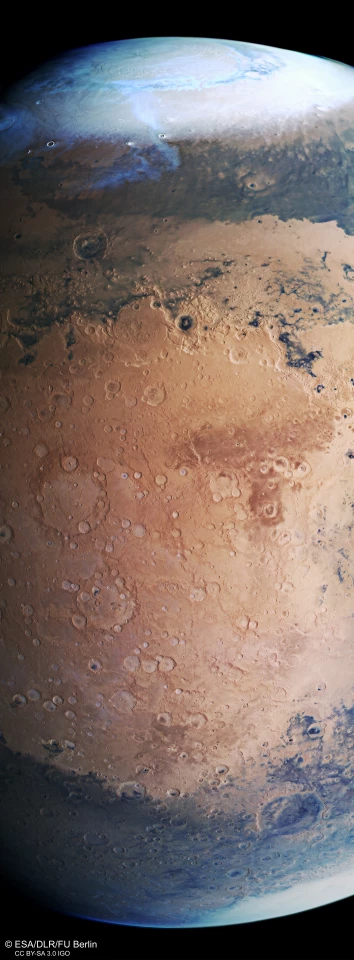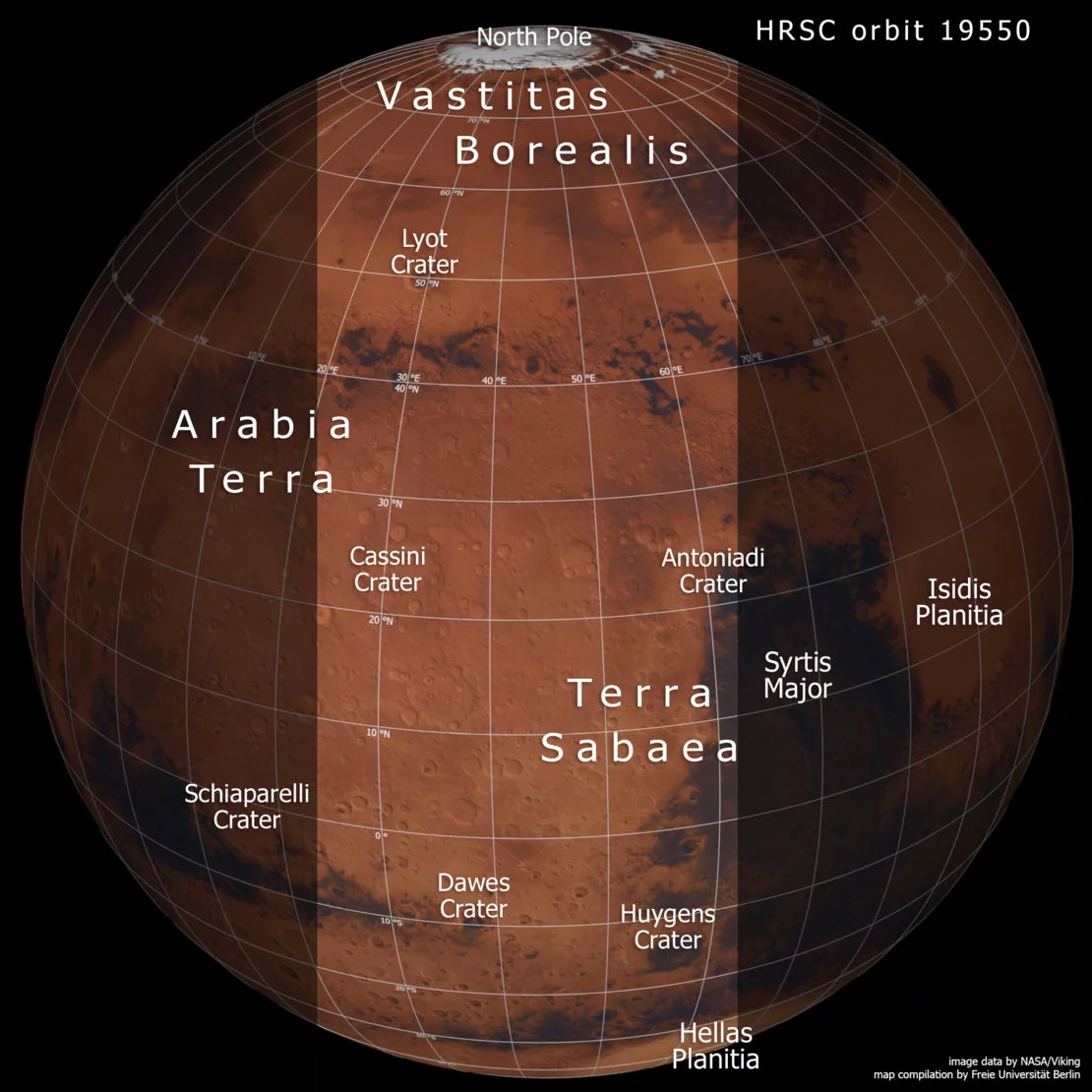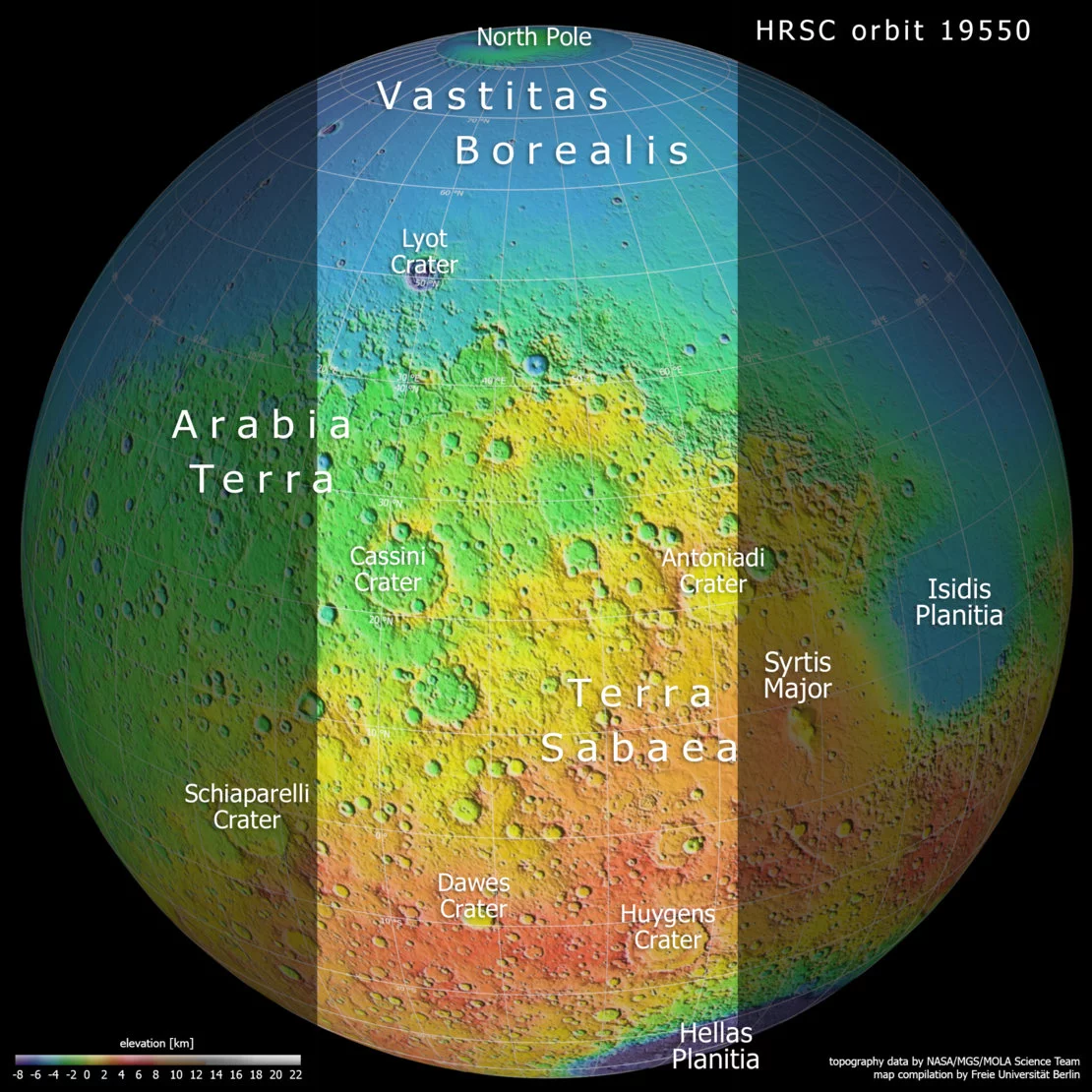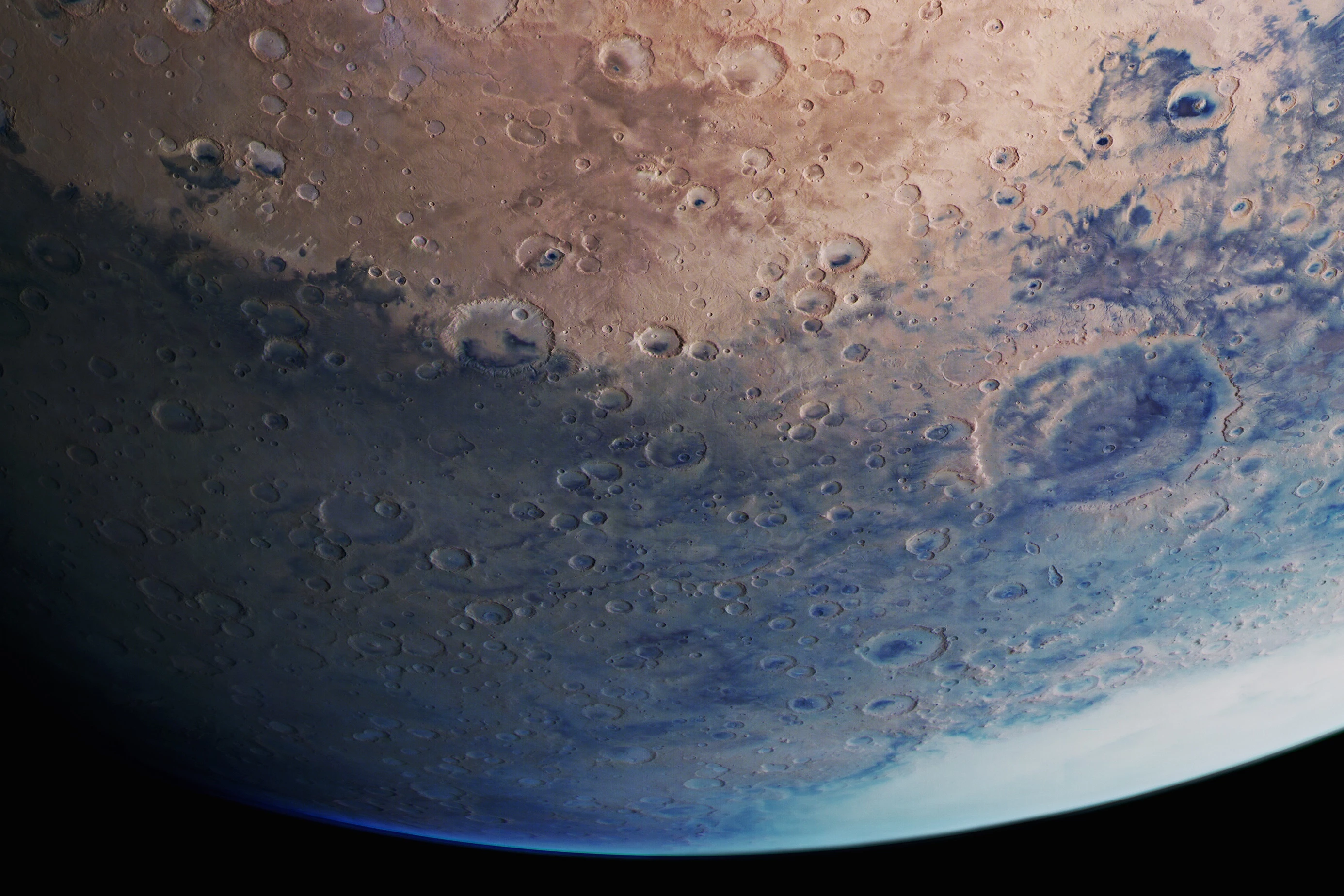The European Space Agency (ESA) has released a breathtaking mosaic of the Red Planet, stitched together from images taken by the agency’s Mars Express spacecraft. The mosaic is phenomenally detailed, showing a complex range of landscapes – the resolution in the center of the image is roughly 1 km per pixel.
Space agencies across the globe are currently grappling with the task of returning astronauts to the Moon for the first time since the Apollo-era missions of the 1960s and 70s. The ambitious endeavor has been dubbed the Artemis program. Artemis was the twin sister of Apollo in Greek mythology, and so is a fitting name to be associated with the first missions to land women on the surface of the Moon.
Whilst this will be an awesome, albeit massively overdue achievement in its own right, returning astronauts to Earth’s satellite is just a steppingstone to a loftier goal. NASA, ESA and their partners are planning to use the dusty lunar surface and the space above as a training, and eventually staging ground for ambitious crewed missions to an even more exotic and dangerous location.
The very clear message – from NASA in particular – is that the Moon is fine for a pit stop, but Mars is the holy grail.
However, a crewed mission to Mars is still a very long way off. Orion, NASA’s next-generation command module, along with its ESA-developed service module have yet to make a crewed flight. Then of course there’s the issue that the super-heavy rocket that will be used to power the Artemis program has never flown. Not to mention the Lunar Gateway – a station set to be constructed in orbit around the Moon, which currently exists only on paper.

The exploration of Mars still rests very firmly in the cold hands of robots. These hard-working automatons work tirelessly to understand the Red Planet – gathering data on everything from marsquakes to the thinning atmosphere, in order to unlock the riddles of the troubled planet’s past.
The robots are also top-tier astrophotographers who obediently provide us with stunning views of the Red Planet, either whilst trundling across its barren surface, or from high above it. And for this we are thankful.
The shots used to create the new mosaic were snapped using the High Resolution Stereo Camera mounted on ESA’s long-serving Mars Express spacecraft. The views were captured on June 17, as the probe made its 19,550th orbit of the Red Planet.
In the mosaic, the bright Martian pole contrasts starkly with the more muted colors that dominate the rest of the planet. The polar caps, which are made up of frozen water and carbon dioxide, have been observed to recede as the northern hemisphere experiences summer, and thicken during the winter months.

Wispy blueish clouds can be seen circling the icy expanse, and snaking south.
Directly below the cap is a region dominated by relatively smooth terrain. The lack of cratering in this region suggests that the surface here is relatively young in comparison to the impact-scarred landscape seen elsewhere in the mosaic.
The contrasting colors present in the image indicate regions where the surface has a different chemical composition and/or physical characteristics. Mars' northern hemisphere is cut off from the cratered landscape to the south by a stretch of broken terrain made up of cliffs, fractures valleys and mesas. Scientists are not sure what created this rough scar-like feature, which is known as the Martian dichotomy.
The tortured land could have been shaped by violent impacts, or may be the result of slower geological processes, such as shifting tectonic plates. Imagery has also shown that the region appears to have been eroded over time by wind, water, and shifting glaciers, that were present on Mars in the ancient past.
Source: ESA







